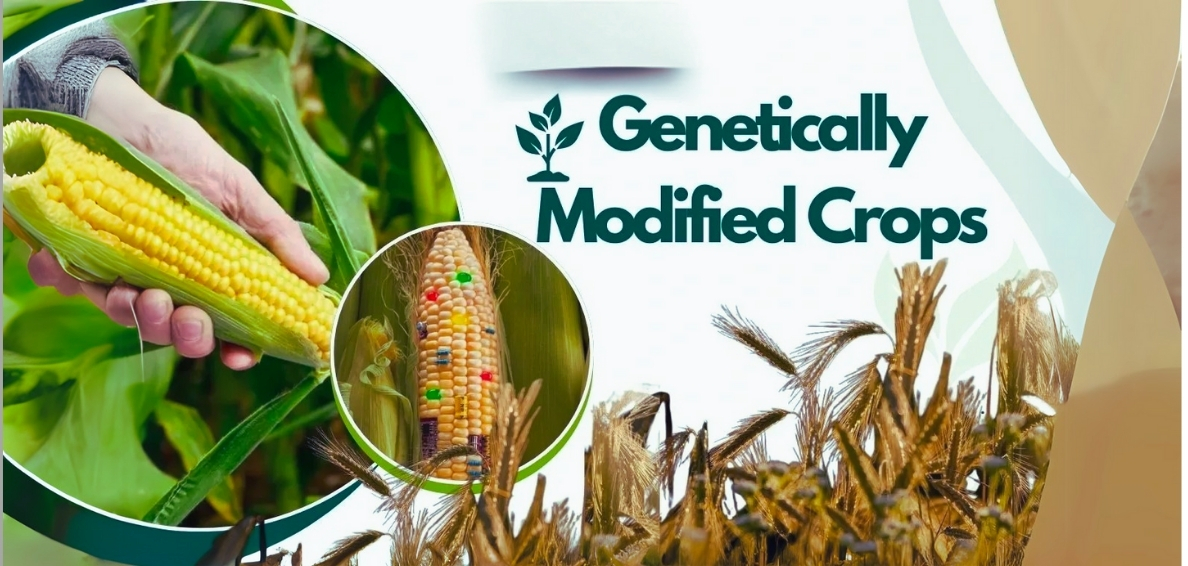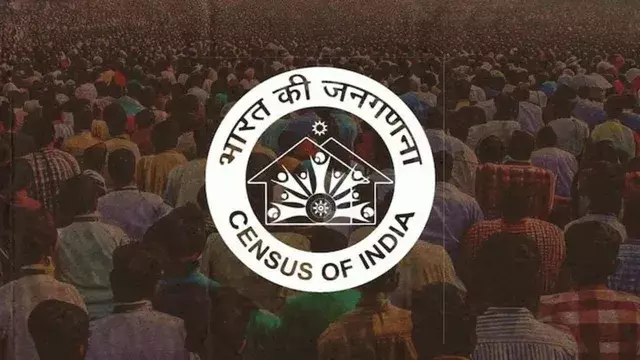- Courses
- GS Full Course 1 Year
- GS Full Course 2 Year
- GS Full Course 3 Year
- GS Full Course Till Selection
- Answer Alpha: Mains 2025 Mentorship
- MEP (Mains Enrichment Programme) Data, Facts
- Essay Target – 150+ Marks
- Online Program
- GS Recorded Course
- Polity
- Geography
- Economy
- Ancient, Medieval and Art & Culture AMAC
- Modern India, Post Independence & World History
- Environment
- Governance
- Science & Technology
- International Relations and Internal Security
- Disaster Management
- Ethics
- NCERT Current Affairs
- Indian Society and Social Issue
- NCERT- Science and Technology
- NCERT - Geography
- NCERT - Ancient History
- NCERT- World History
- NCERT Modern History
- CSAT
- 5 LAYERED ARJUNA Mentorship
- Public Administration Optional
- ABOUT US
- OUR TOPPERS
- TEST SERIES
- FREE STUDY MATERIAL
- VIDEOS
- CONTACT US
Amendments to Genetic Engineering Appraisal Committee Rules
Amendments to Genetic Engineering Appraisal Committee Rules
04-01-2025

- In January 2025, the Union Ministry of Environment, Forest, and Climate Change (MoEF&CC) has introduced significant amendments to the rules governing the Genetic Engineering Appraisal Committee (GEAC).
- These changes aim to enhance transparency, accountability, and trust in the regulation of genetically modified (GM) crops and organisms in India.
What is Genetic Engineering Appraisal Committee (GEAC)?
In 2013, the Coalition for GM-Free India alleged a conflict of interest involving a Technical Expert Committee member, who was associated with an organization funded by Monsanto, a leading multinational biotech company.
- The GEAC, a statutory body under the Environment (Protection) Act, 1986, is tasked with overseeing activities related to genetically modified organisms (GMOs) and hazardous microorganisms. The body appraises:
- Research and industrial applications involving GMOs.
- Proposals for the release of genetically engineered organisms and their products.
- Environmental and risk assessments associated with GM technologies.
- Composition of GEAC: The GEAC is chaired by a senior official from the MoEF&CC and co-chaired by a representative from the Department of Biotechnology (DBT).
- Its membership includes scientists, environmentalists, and policymakers to ensure diverse expertise in decision-making.
Amendments to the GEAC Rules
- Disclosure of Interests: Every member of the GEAC must now clearly declare any personal or professional connections that might affect their ability to make unbiased decisions.
- Members must provide a written list of their professional associations from the last 10 years when they join the committee. This helps the GEAC identify any potential conflicts of interest early.
- Conflict of Interest: If a member is connected in any way (directly or indirectly) to a matter under discussion, they must inform the committee before the discussion starts.
- These members are generally expected to stay out of the decision-making process for such topics unless the committee specifically requests their input.
- Members are also required to update their declarations if new situations arise that could create a conflict of interest. If there is any doubt about whether a conflict exists, the chairperson of the committee will decide.
- Transparency in Decision-Making: These rules aim to ensure that decisions are unbiased and based solely on scientific and environmental considerations.
- Public Involvement: The government has opened the amendment notification for public feedback. Citizens can submit objections or suggestions within 60 days of the announcement.
What is the Supreme Court’s Role behind this?
- In July 2023, the Supreme Court delivered a split verdict on the government’s 2022 conditional approval of GM mustard for environmental release. The key directives included:
- National Policy on GM Crops: The court directed the Centre to establish a comprehensive national policy for GM crops.
- Conflict of Interest Resolution: The court emphasized the need for a systematic approach to address potential conflicts of interest.
Potential Implications of Conflict of Interest
- Bias in Decision-Making: Favouring specific companies or technologies could undermine the integrity of GEAC decisions.
- Compromised Public Trust: Undisclosed conflicts can erode confidence in regulatory bodies and their processes.
- Regulatory Weakness: Unaddressed conflicts might result in ineffective regulation, prioritizing private over public interests.
- Legal and Ethical Concerns: Conflicts could lead to ethical violations or legal challenges, damaging the credibility of the regulatory framework.
- Economic Impacts: Promoting certain products due to biased decisions might pose risks to public welfare and environmental safety.
What is Genetic Modification?
Methods of Producing GM Crops
Applications of GM Crops
Regulatory Framework in IndiaIndia has a stringent regulatory framework for GM crops to ensure safety and sustainability:
Status of GM Crops in India
|
Advantages and Disadvantages of GM Crops
Advantages of GM Crops |
Disadvantages of GM Crops |
|
|
Conclusion
The amendments to the GEAC rules are a significant step toward addressing concerns related to transparency, conflict of interest, and regulatory oversight in the domain of genetically modified organisms. These changes not only align with the Supreme Court’s directives but also aim to build public trust in the regulatory process.
|
Also Read |
|



